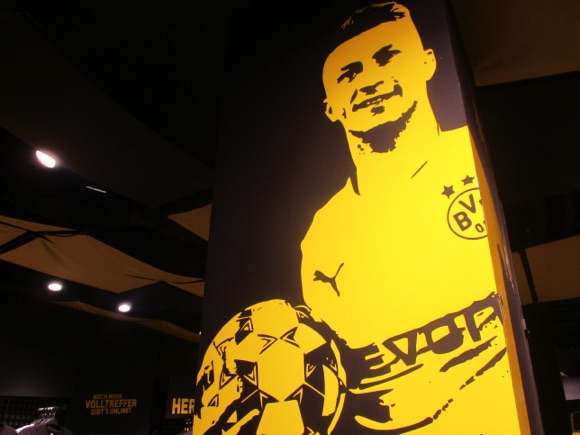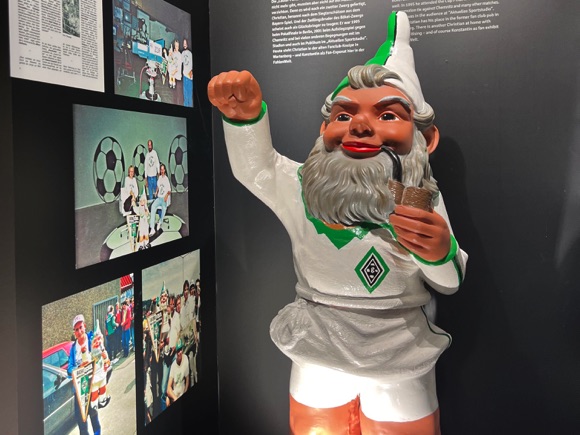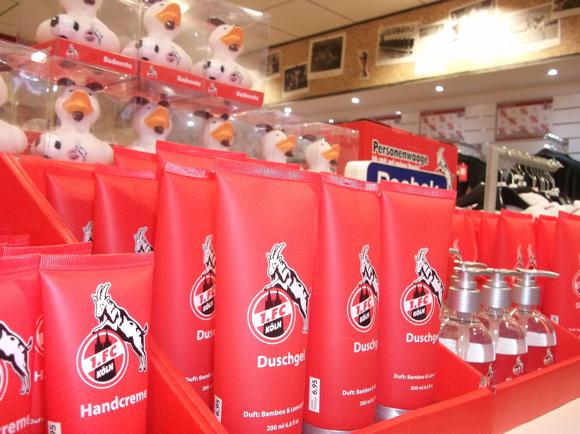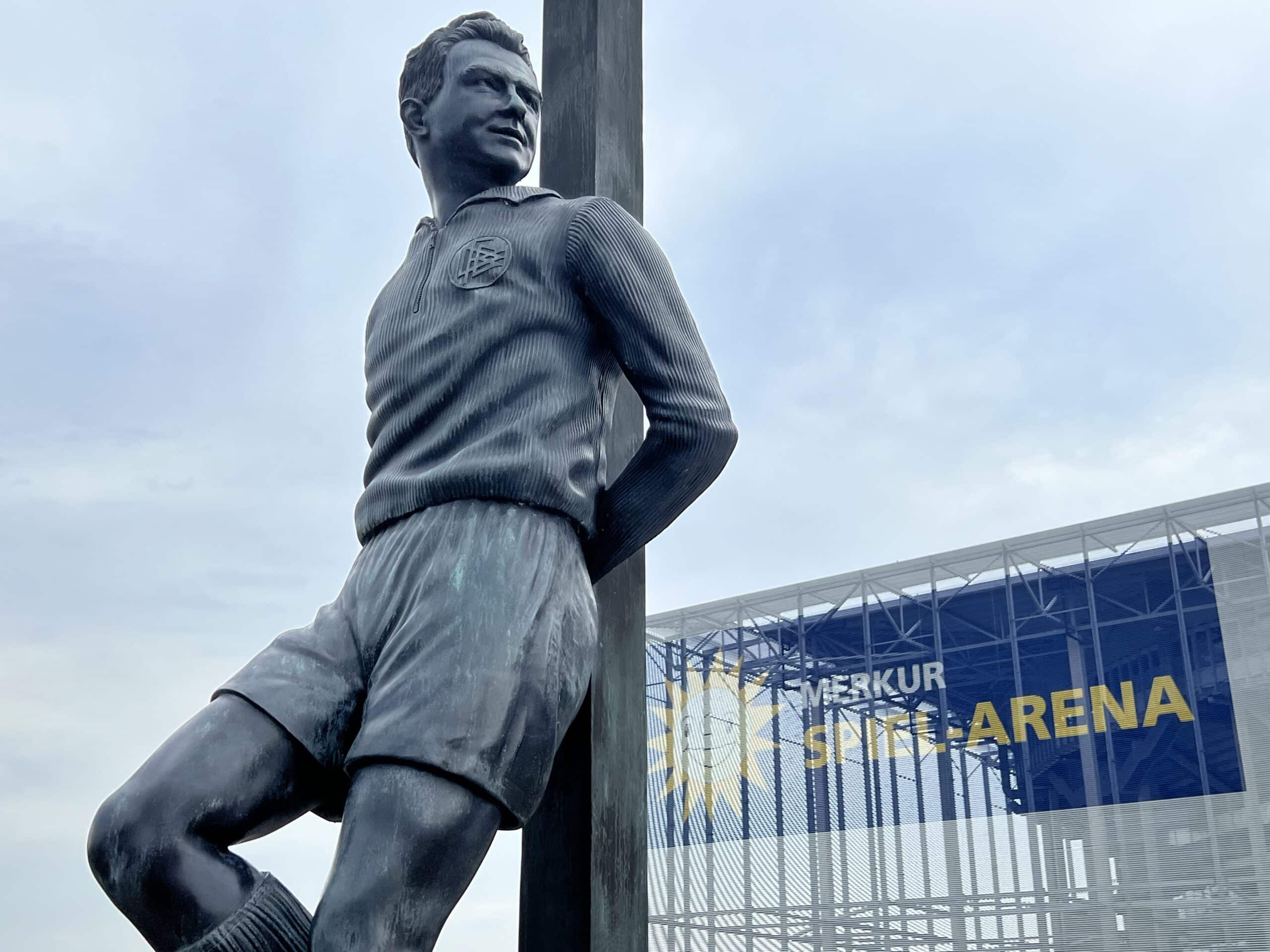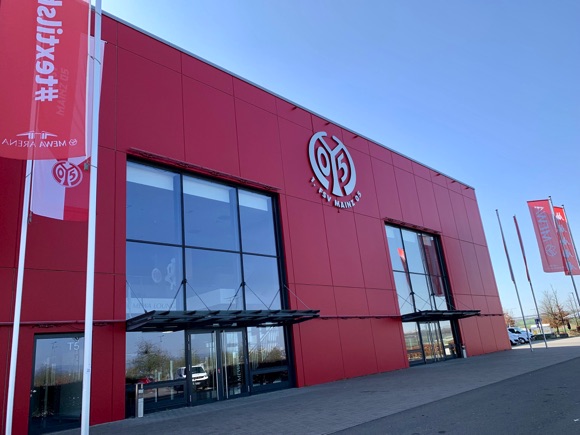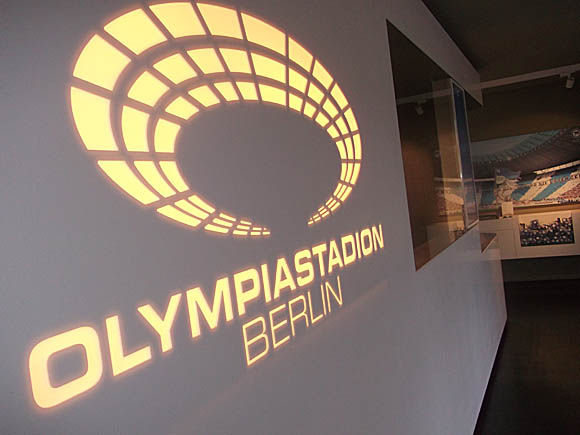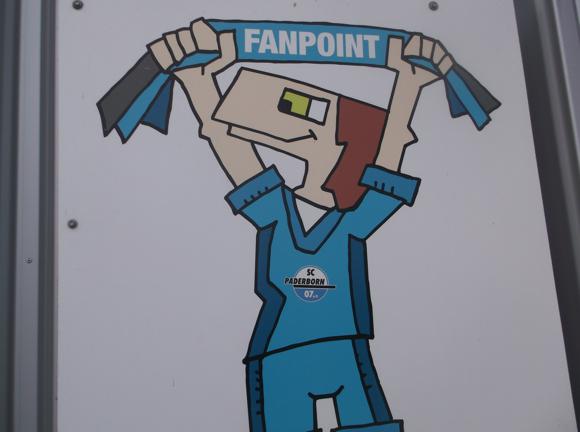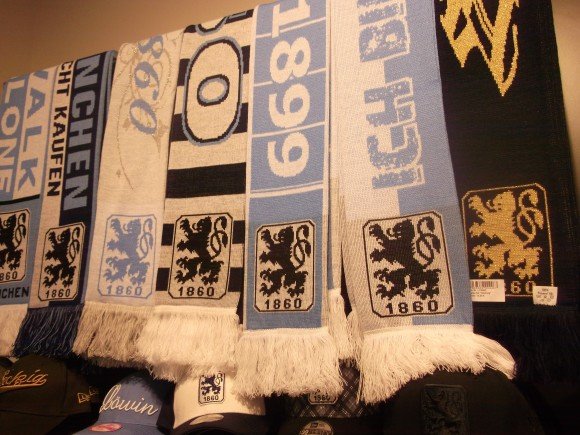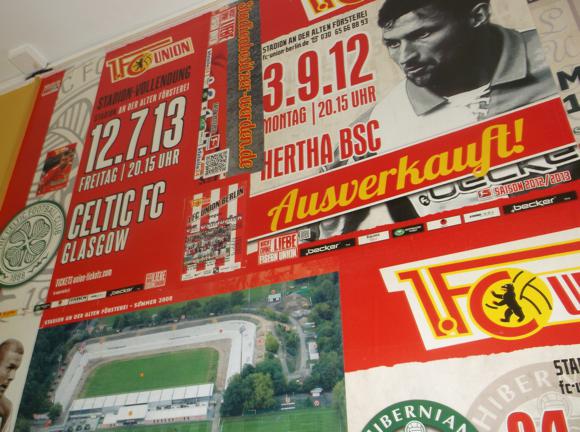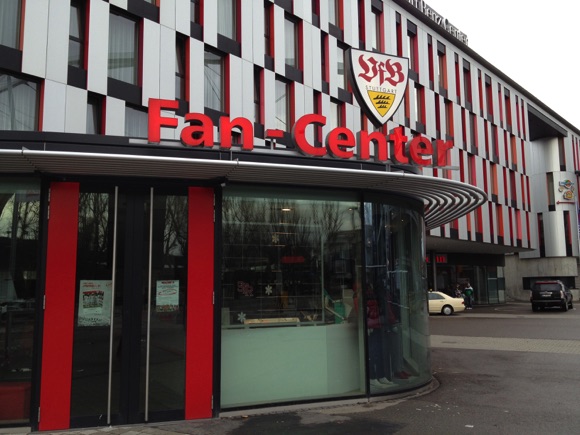A fan’s guide – the club from early doors to today
So dominant during the pre-war era, 1. FC Nürnberg became known as ‘Der Club’ – as if there were none other. Since then, the legendary FCN became known for being relegated the most times from the Bundesliga, and the only club to drop down immediately after winning the title. Cup winners in 2007, FCN were enjoying relative stability in the top flight – until they were relegated in May 2014.
Two key figures, locally born and leading German internationals both, stand out in the club’s history: goalkeeper Heiner Stuhlfauth and inside-forward Max Morlock. With Stuhlfauth between the sticks, FCN swept all before them after World War I.
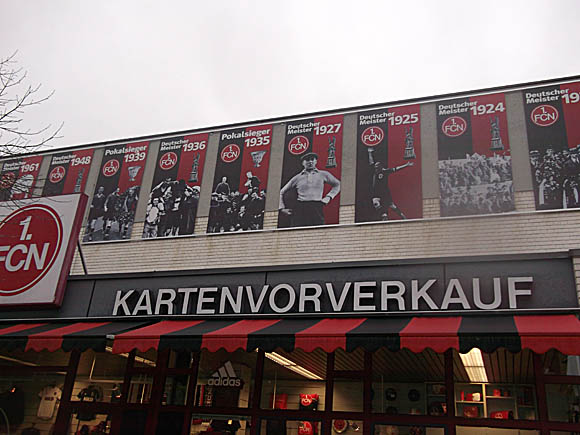
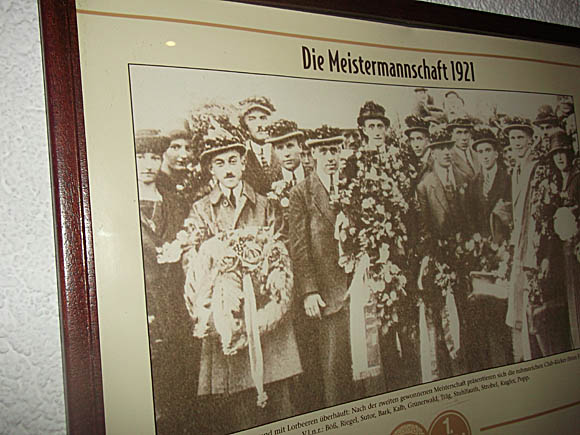
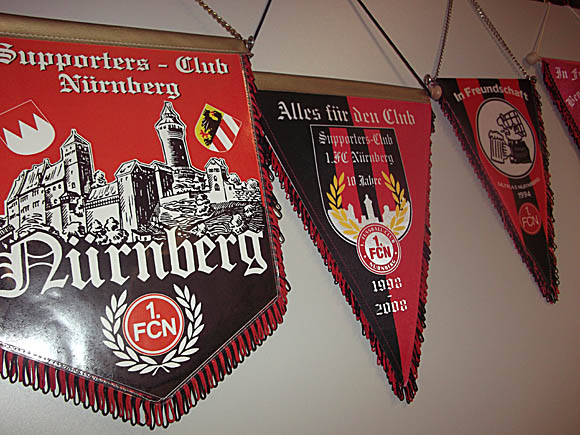

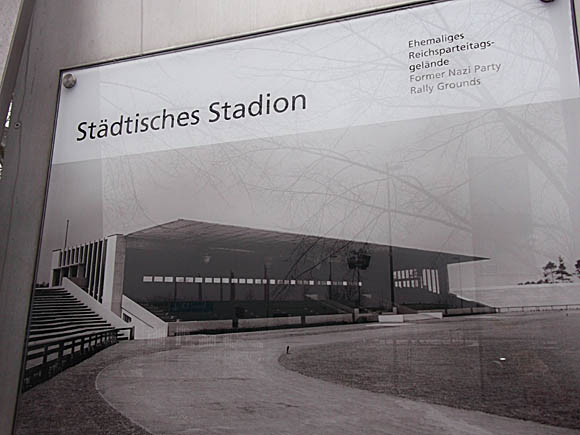

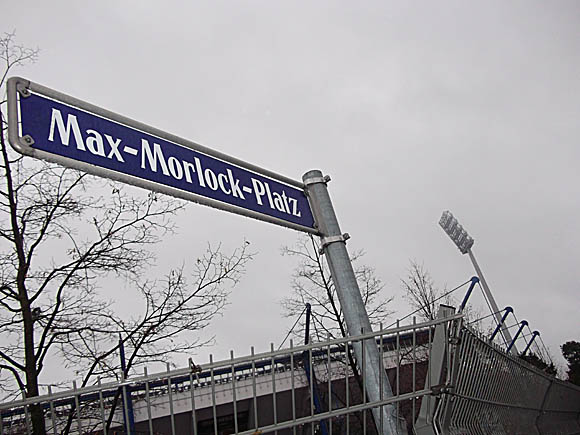
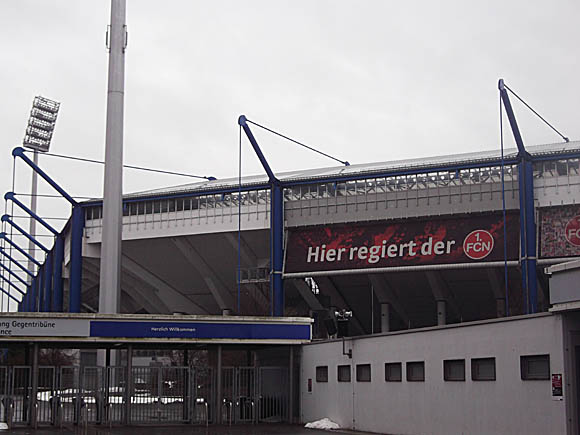

Formed in 1900, South German championship finalists by 1907, Nürnberg rose to prominence from 1918 onwards by a 104-match unbeaten run that extended until 1922.
That was the year that Hamburger SV still failed to break down a seven-man Nürnberg in the national title replay, a performance every bit as stirring as the five finals FCN did win – without conceding a goal. The last of this golden era came in 1927, seven years after the initial derby final win over Greuther Fürth.
Quite incredibly, prolific Max Morlock, scorer of the first West German goal in the 1954 World Cup final, starred in the title victories of 1948 and 1961. Playing nearly 1,000 times for his only club, Morlock was named German Footballer of the Year in 1961. His statue now stands by the meeting place and beer terrace also named after him at the stadium.

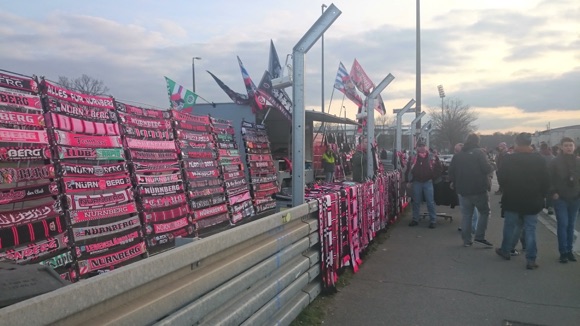

Six years later, Der Club were fighting relegation. Hiring strict Viennese coach Max Merkel, who made title-winners out of TSV 1860, FCN rose to the top with goals from Franz Brungs and ‘Gusti’ Starek. The title-winners of 1968 then dropped straight down a year later – both strikers, and later Ajax libero Horst Blankenburg, had left before the season had even started.
Der Club yo-yo’d between the top two divisions – even dropping down to the third in 1996 – but clawed their way back up in 1999. A remarkable last-day reverse that year saw FCN relegated again.
Two Czech internationals, Tomáš Galásek and Jan Koller, starred in the club’s next mini-revival that featured the cup win of 2007 and subsequent accession to the knock-out stage in the UEFA Cup. Though without silverware since, FCN were reflect on their longest run in the Bundesliga for decades, five seasons, before a poor campaign in 2013-14.

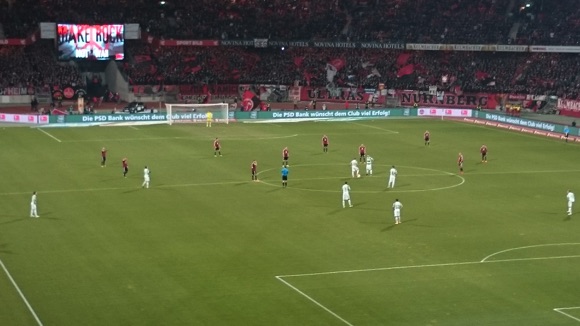
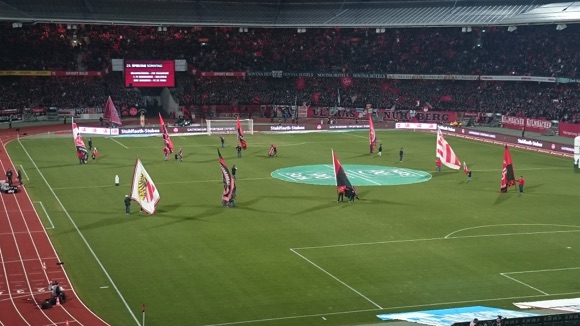


Stadium Guide
The field of dreams – and the stands around it
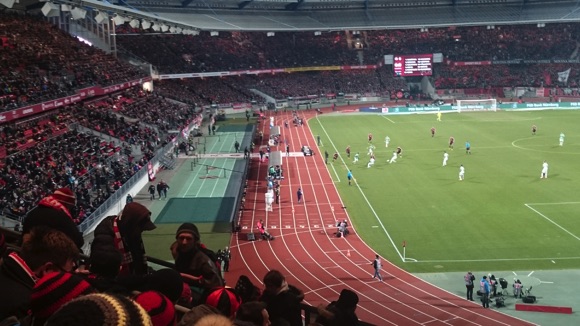

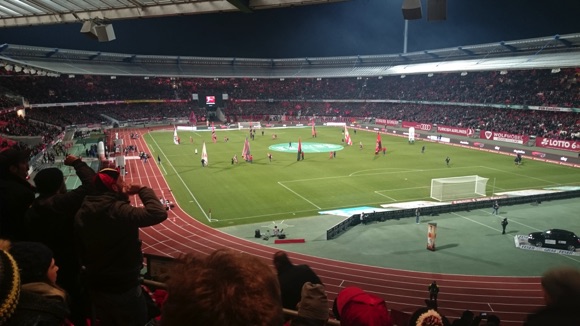
Still known by many by its former name of Frankenstadion, and petitioned by fans to be renamed after an FCN legend, the 50,000-capacity Max-Morlock-Stadion is a modern, multi-sports arena with a running track between fans and pitch.
For decades, though, this was the Städtisches Stadion, designed by Otto Ernst Schweizer, later responsible for the Prater Stadium in Vienna. His revolutionary octagonal design earned him a gold medal for architectural achievement at the Olympic Games of 1928. It was a stadium fit for champions – a fact not lost on Adolf Hitler, who staged Hitler Youth games here.
During all this time, and up until as late as 1963, 1. FC Nürnberg played most of their regular home games at Zerzabelshof, between the City Zoo and the current stadium. With the professional era and the Bundesliga, Der Club moved into the Städtisches Stadion, though it was Bavarian rivals Bayern who first won silverware here: the Cup-Winners’ Cup of 1967.

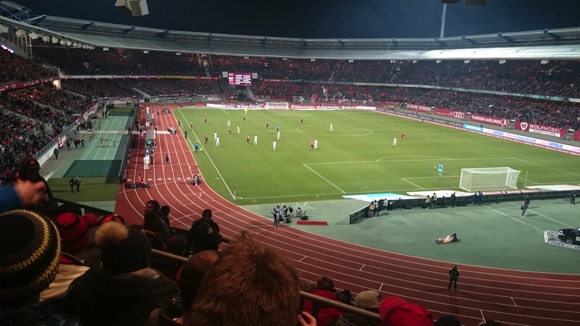

A rebuild 20 years later saw the disappearance of Schweizer’s great grandstand. The later renamed Frankenstadion retained its octagonal shape that now contained 31,000 seats within a 53,000 capacity.
The arena became all-seated for the 2006 World Cup, a €56 million redevelopment that also introduced a system to recycle rainwater for sprinkler and irrigation use, and provided fans with a pre-match beer terrace, Max-Morlock-Platz.
After staging five games including a classic Ghana-USA, the stadium was slightly adapted for domestic use, so that an all-seated 48,500 was revamped to allow for nearly 8,000 standing places. Capacity was slightly increased in the summer of 2012 to 50,000. In February 2013, naming rights were given to Grundig until 2017.
Home fans gather in the Nordkurve, particularly the standing sectors 3, 5, 7 and 9 in the standing lower tier. Visiting supporters are allocated three sectors (23-25) in the Südkurve nearest the Gegentribüne. Sectors 26-29 are in the higher tier behind the south goal, 4, 6, 8 and 10 in the upper north end. The best seats are over the halfway line, 16-18 in the Gegentribüne, 36-41 in the Hauptribüne.
getting there
Going to the stadium – tips and timings



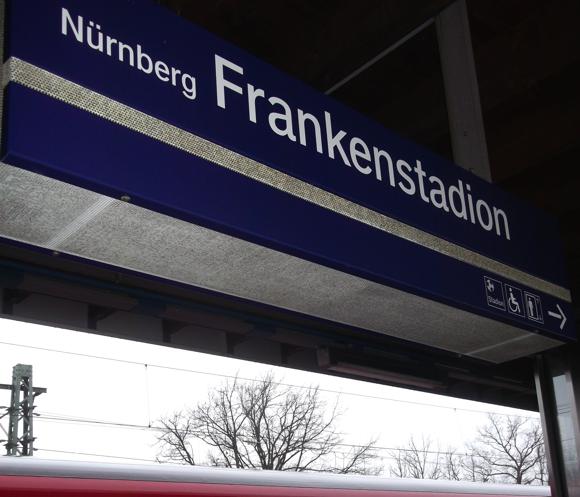
Despite the stadium’s name, the transport stop remains the same: Frankenstadion, on the S2 line, four stops and 8mins from the main train station, though it’s still a 10min walk to reach the ground from there. The signposts lead you right onto a busy road below the rail lines – turn left, past the S’Gärta bar and the stadium is straight ahead.
Bus 44 takes 15mins to run from the main train station to the club headquarters, Sportanlage FCN, then nearer the stadium at Hans-Kalb-Straße.
Match tickets are valid for public transport from four hours before kick-off.
getting in
Buying tickets – when, where, how and how much

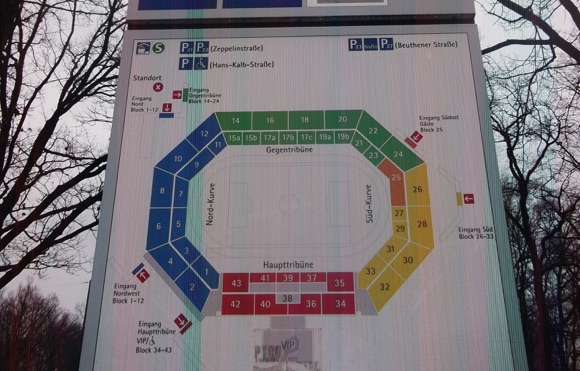
The main ticket outlet is the FCN Service-Center (Mon-Fri 9.30am-7pm, Sat 9.30am-4pm, match days) at Max-Morlock-Treff on the north side of the stadium, along with the one at the FCN HQ (same opening hours) by the Hilton Hotel at Valznerweiherstraße 200 (turn right out of Frankenstadion S-Bahn station). There’s also a small FCN outlet in town at Ludwigstraße 46 (later opening hours Sat until 6pm). The club also have an online service and an agreement for sales via viagogo. Online sales begin seven days before the match and close 24hrs before kick-off.
For an average Bundesliga fixture, you could expect to pay €24-28 behind the goals and in the corners, €33-39 for seats in the Gegentribüne, and €44 for the best seats in the main stand. Prices should drop for the Zweite in 2014-15.
what to buy
Shirts, kits, merchandise and gifts

The main store is the FCN Service-Center (Mon-Fri 9.30am-7pm, Sat 9.30am-4pm, match days) at Max-Morlock-Platz, the first thing you reach walking down Hans-Kalb-Straße from S-Bahn Frankenstadion. Goodies include a bottle opener that plays the club song ‘Die Legende lebt’ when you use it, cans of the 1FCN-branded energy drink, plus a percolator and 1FCN-branded coffee to brew with it.
There are more souvenirs available at the FCN HQ (same opening hours) by the Hilton Hotel at Valznerweiherstraße 200 and at the central FCN outlet at Ludwigstraße 46 (later opening hours Sat until 6pm).
tours & Museum
Explore the club inside and out

The 1FCN Club Museum (Mon-Fri 9am-12.30pm, 1.30pm-5pm, first Sat of the month 10am-3pm, not match days) at the club HQ at Valznerweiherstraße 200 is modest but free to enter. Highlights include Max Morlock’s No.13 shirt from the 1954 World Cup, Heiner Stuhlfauth’s goalkeeping cap and ornate trophies from the pre-war era. The club is looking to expand the collection – contact them at museum@fcn.de.
The Stadion Live-Tour (€8/€4 5-14s) is given on match days only, three hours before kick-off, bookable when you buy your match ticket. The tour lasts about 90mins.
Where to Drink
Pre-match beers for fans and casual visitors


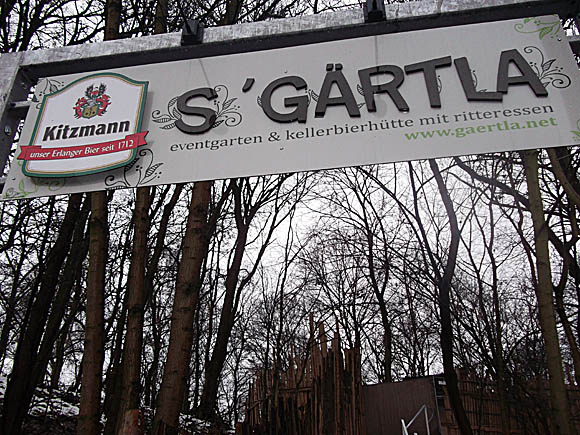
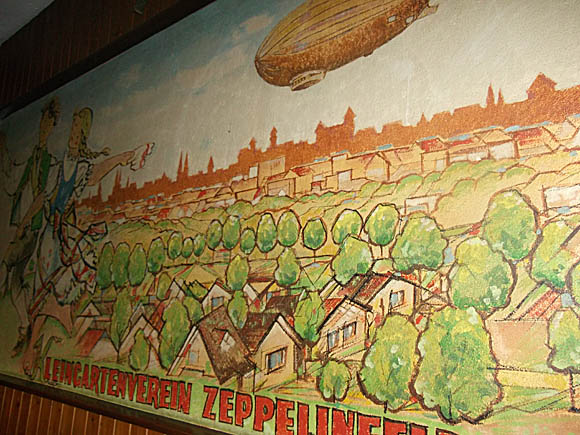



From Frankenstadion S-Bahn station, turn right and you come to the FCN club HQ and the wonderful Stuhlfauth-Stuben (closed Mon). Fans going to the 1920 German championship final, the 1FCN line-up from the 1921 final, celebrations from 1961, the walls offer a pictorial history of Der Club. Nürnberg’s friendship with Schalke 04 is also illustrated among the pennants from all over Germany.
Turn left out of the station and you come to party-minded S’Gärtla, a beer garden that appeals to a more bohemian crowd. More traditional is the age-old Gäststätte Zeppelinfeld (closed Mon), signposted on Hans-Kalb-Straße, a near century-old, wood-panelled restaurant with beer garden. It’s also a meeting place for the local gardeners who tend the allotments that surround it, and serves Tucher beer and classic Franconian sausage dishes. Closed on Mondays.
At the ice hockey arena by the north end of the stadium, Noah’s is a beer garden open in season, while once inside the ground, supporters gather at the many kiosks set up at the Max-Morlock-Treff behind the FCN Service-Center.







